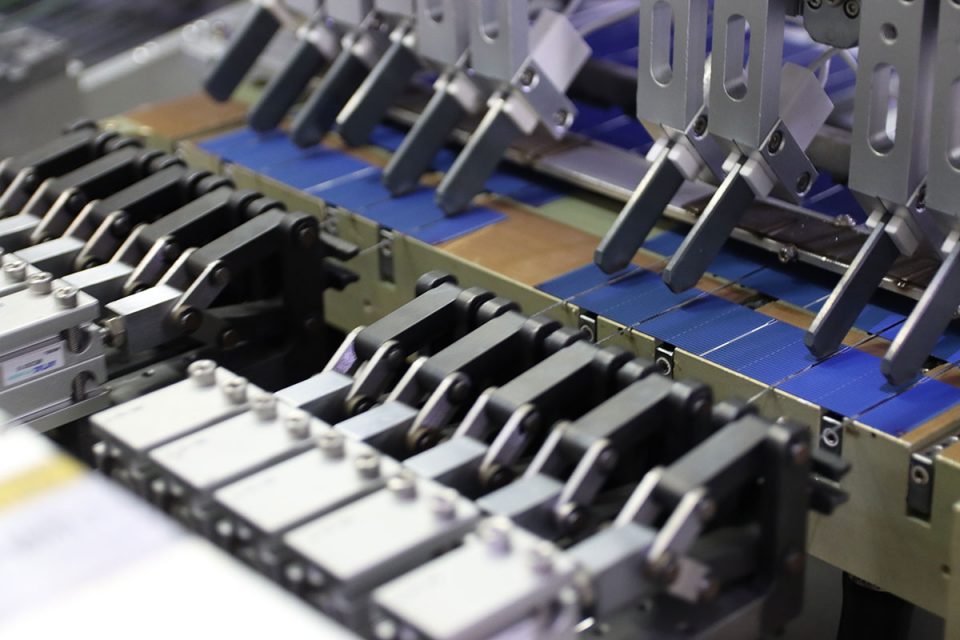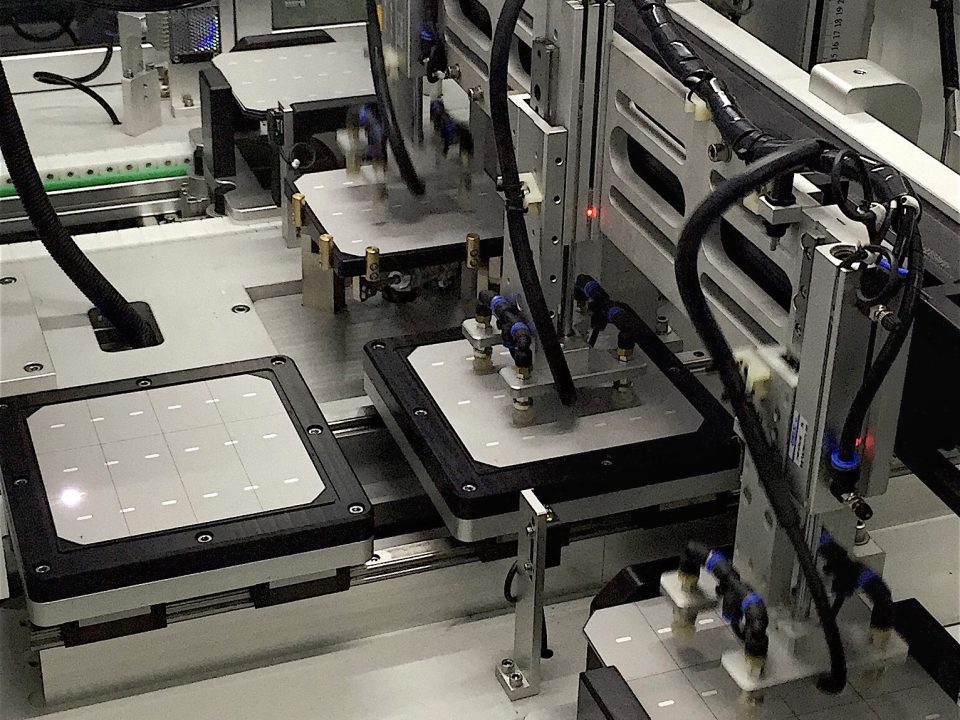The off-grid solar module production only accounts for 1% of the global photovoltaic industry. The largest solar companies are not active in this field. It is too different from their standard production setup. This means that despite rapid growth in demand for these modules, specialized companies are essential for driving this segment towards a commodity market. On this journey, information exchange and standardization are key. The more you know about how your manufacturer thinks and works, and the more they know about your product and plans, the better the job can be done. This is achieved by asking your supplier the right questions.
How can you help me to have a better system?
Share key information about your system with your off-grid solar module producer, such as where and how it works, what it does for the end user, and how it is transported, installed and connected. The more information you share, the better positioned the design team at the factory is to get things right.
It is the job of your supplier to get you the most cost-effective layout—for example, one with a fast and easy mounting solution.
Do you really need an oversized aluminum frame all around the module? Or are there alternative solutions, like a thinner frame or a double T-frame?
Do you potentially need to change cables and still have an IP64-rated junction box design? Even if they don’t have something available yet, it is worth it to ask your supplier to spend their development time in the right area.
2. How can I get my costs down?
When it comes to finalizing an agreement, combine the question of price with a discussion of the design options and different production steps in a factory audit. You could also ask your supplier which module geometry they are already producing in large volumes. There are always cost synergies in the supply chain and production standardization.
In general, once a year, you should discuss your forecast plan with your supplier, including product design, production changes and optimization strategies. Negotiate a better price based on the cost reduction your supplier will achieve.

Ask about the production equipment, what it does and how much labor it saves. Ask about the capacity, though you can sometimes quickly estimate this for yourself by using, for example, the cells per minute in a stringer to make a calculation.
3. How can you guarantee consistent quality?
In the solar industry, the production of on-grid solar panels is in-line automated on a gigawatt scale, so everything is identical. Automation in off-grid production needs more flexibility station by station, and often there are no off-the-shelf machines to increase automation. Forward-looking off-grid solar module manufacturers need to be capable of developing their own automation equipment. Check the degree of automation and the quality assurance system through a factory audit. These two are the foundation of consistent quality across all of your batches. Ask about the testing within the production line — for example, electroluminescence analyses to detect potential micro-cracks. What makes sense for your particular product requirements? From an open discussion with your manufacturer, you’ll learn that some tests are relevant for your product, while others are not, and all of these factors ultimately play into the final cost.
4. What does quality mean to you?
When it comes to off-grid solar panels, there are often different opinions on quality, as there is no unified standard. For one-module systems, for example, frame tolerances may not be as important as the module’s durability and the assembly solution. For price-sensitive solar-powered streetlights, it is essential that they work reliably even in the rainy season. This means that the module’s performance in low light or in diffused light may be more important than its maximum efficiency under optimal conditions. Ask your manufacturer what they do in production to ensure this.
Consider it a good sign if your manufacturer already has an IEC 61215/ 61730 listing for your size of off-grid panel. But be careful, do your due diligence, and always check the certificate number on the TUV or certification body website to ensure it leads to your manufacturing plant and product type.

Automated laser cell cutting: To control a continuous and clean cut. It is essential to have good low-light performance in the field.
5. What other factors should I consider?
Environmental and social governance should be on the agenda for all of us. A sustainability concept with a long-term vision and continuous improvements will show you which suppliers have a long-term focus. Certificates (such as 45001), signed ETI standards or lead-free soldering options are all good indicators.
Technology is continuously developing. Your supplier should proactively inform you about industry changes, such a cell print or wafer size so you can make adjustments to your solar module in time.
Visit and audit your supplier’s factory at least once per year to see their progress in product and production for yourself. Ideally, you should also compare them with one or two other suppliers. Often, you will see big differences when you’re on-site.
Building the off-grid industry requires open-minded exchange throughout the value chain to get the product, cost and quality exactly right.
First published here.

